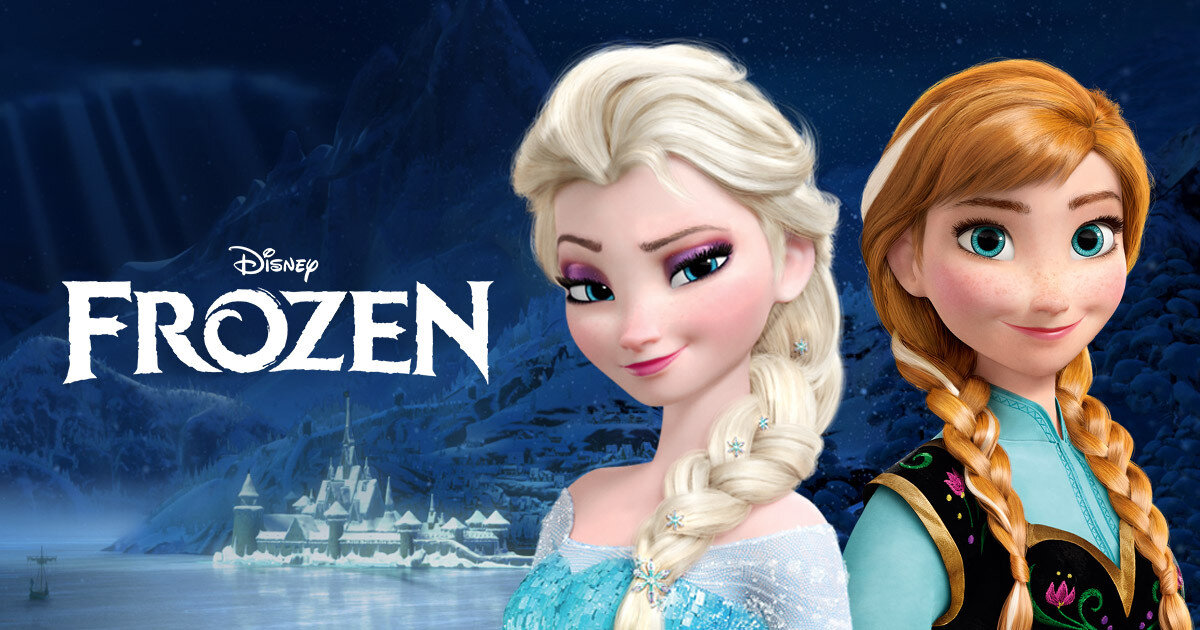Some lessons on culture change from Disney
by John Owen
Many people will contend that leaders can’t shape the culture of their organisations. Culture is too elusive, too embedded and, above all, too organic.
I believe that it can be all three of these things, but this doesn’t mean it can’t be shaped. There are too many examples of leaders who have achieved this feat for it to be written off as an impossibility. And the principles which make it possible are supported by decades of scientific research.
One shining example of a leadership team reshaping a culture is Pixar’s Ed Catmull and John Lasseter. The story of their impact on Disney’s animation studio, following the 2006 acquisition of Pixar by Disney, is compellingly told by Daniel Coyle in his excellent book, The Culture Code.
Catmull and Lasseter were put in charge of a team who had just produced a string of unprofitable flops – including Brother Bear, Treasure Planet and Home on the Range. The movies which followed the reverse takeover were on a different level altogether: they included Tangled, Zootopia and, most famously of all, Frozen. Those three films alone grossed around $2.8bn.
Here's the thing: Catmull & Lasseter achieved this remarkable turnaround without changing the personnel.
Instead, they changed the culture. But how?
Catmull explains this to Coyle in the humblest yet most insightful of terms:
“We put in some new systems, they learned new ways of interacting, and they changed their behaviour; and now they are a completely different group of people when they work together.”
The three most significant changes they instigated were as follows:
They changed the seating plan. They put all the creative people together and created a meeting space close by to encourage serendipitous conversations.
They changed the power structure. Where previously, studio execs allocated stories to directors, now it was the directors who were responsible for coming up with the stories. Once a story was green-lighted, the execs’ job was to support them.
They nudged a change to the creative development process. They invited the Disney directors and executives to Pixar and let them experience one of their famous Brains Trust meetings. These peer-to-peer feedback sessions are key to Pixar’s hit rate and, having seen them first hand, the Disney guys elected to create their own version.
Of course, it wasn’t easy. The changes took time to take effect. It required perseverance. And it helped that Disney hadn’t hired duffers. Catmull and Lasseter had talent to work with. But, as anyone who’s worked with talented creative people knows, they don’t tend to like change. Nor do they like being told what to do.
But then Catmull and Lasseter knew that. Which is why they focused simply on creating the conditions in which these talents could thrive.
Together, these changes demonstrated a clear sense of purpose – putting creativity front and centre – and injected real energy and belief back into the Disney set-up. By empowering and supporting the creative talent, they got the best out of the creative talent.
Complex and messy though the transition undoubtedly was in practice, these are actually pretty simple principles to take away.
They are underpinned by decades of psychological research into the motivational power of autonomy and self-esteem; as well as by more recent behavioural science research, which shows that one of the most effective ways to change behaviour is to change the context in which that behaviour takes place.
Such a contextual approach is indirect, slow and might seem too much like wishful thinking to many business leaders. To avoid this last charge, it needs to serve a clear purpose and be consistently applied. It also helps if it is embraced and “owned” by the people it’s designed to affect – which is why it’s necessarily slow.
But, ultimately, this is how you shape culture. And, as the Disney example demonstrates, the results can be spectacular.


